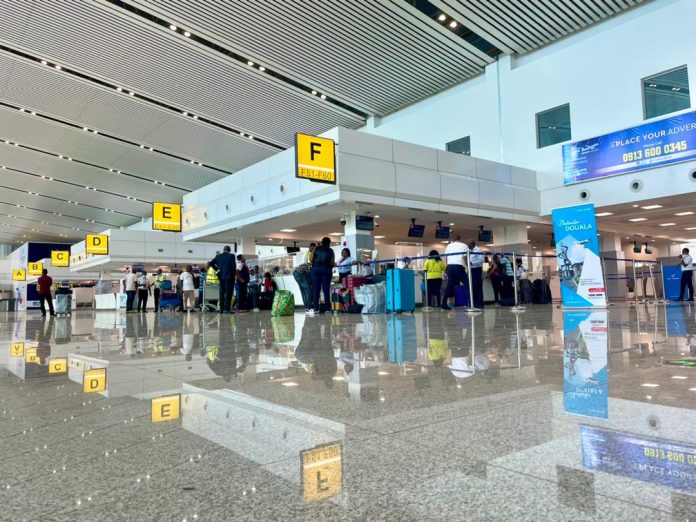African airlines recorded significant growth in November 2024, with passenger demand increasing by 12.4% compared to November 2023. Capacity in the region grew by 6.0%, while the load factor rose by 4.1 percentage points to 72.9%. This strong performance reflects growing stability and development in the region’s aviation market.
Globally, passenger demand measured in revenue passenger kilometers (RPK) increased by 8.1% year-on-year. Capacity, measured in available seat kilometers (ASK), rose by 5.7%, resulting in a record-high load factor for November at 83.4%, up 1.9 percentage points from the previous year.
Asia-Pacific airlines achieved the highest regional growth, with demand surging 19.9%. Capacity in the region increased by 16.2%, and the load factor improved by 2.6 percentage points to 84.9%. European carriers posted a 9.4% increase in demand, with capacity rising 7.1% and the load factor reaching 85.0%, the highest globally.
In the Middle East, passenger demand rose 8.7%, while capacity increased 3.9%. The region’s load factor grew by 3.6 percentage points to 81.0%. Latin American airlines reported an 11.4% increase in demand, with capacity climbing 11.9%, although the load factor dipped slightly by 0.4 percentage points to 84.4%. North American carriers saw demand grow by 3.1%, capacity rise by 1.6%, and the load factor improve by 1.1 percentage points to 81.0%.
Domestic air travel grew by 3.1% in November, slightly slower than October’s 3.5% growth. Capacity rose by 1.5%, and the load factor reached 83.5%, up 1.2 percentage points. However, the U.S. domestic market continued to face challenges, with demand contracting by 2.7%, deeper than October’s 1.2% decline. This trend, ongoing since June 2024, is attributed to reduced activity among low-cost carriers, although mainline carriers maintained growth.
Despite the overall positive growth, the industry faces challenges from supply chain delays in aircraft manufacturing. Willie Walsh, IATA’s Director General, highlighted ongoing supply chain issues delaying aircraft deliveries, which prevent airlines from fully meeting rising demand. He emphasized the need for a durable solution from aerospace manufacturers to help airlines modernize fleets, enhance customer service, and improve environmental performance. “November’s 8.1% growth is a testament to the resilience of air travel demand. Addressing supply chain constraints is crucial for unlocking further potential in 2025 and beyond,” Walsh stated.













